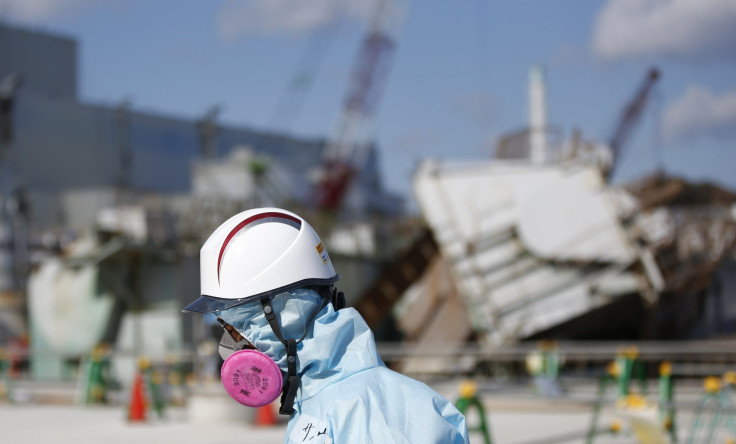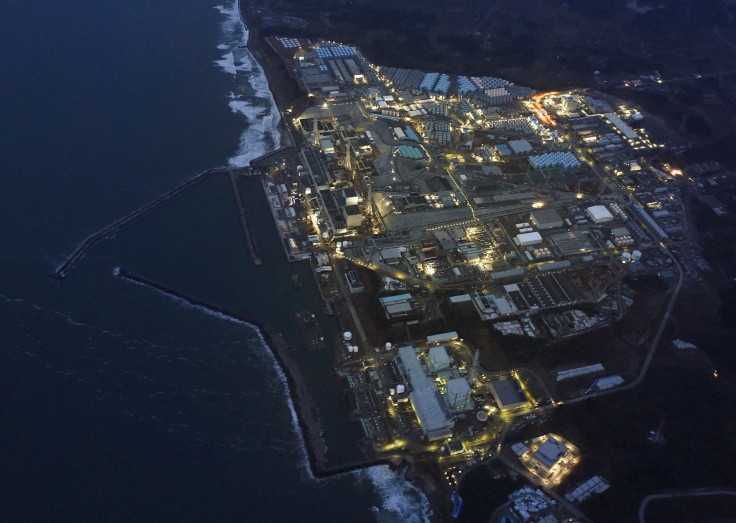Fukushima Melted Uranium Discovered 6 Years After Nuclear Disaster
More than six years after the nuclear disaster at Japan’s Fukushima Daiichi power plant, workers finally discovered the location of melted uranium fuel rods inside of one of the reactors. The rods melted during the 2011 disaster, making it near-impossible to determine where the liquefied material ended up.
The melted uranium was found using a shoe-box sized robot known as “Little Sunfish.” The machine was sent inside the defunct plant armed with a video camera to send footage back to workers outside. Three days into its mission, the robot sent back video of a hole at the bottom of the Unit 3 reactor with the melted fuel beneath it, the New York Times reported.
“Until now, we didn’t know exactly where the fuel was, or what it looked like,” Takahiro Kimoto, a general manager in the nuclear power division at Tokyo Electric Power Co. (Tepco), told the New York Times. “Now that we have seen it, we can make plans to retrieve it.”
The nuclear plant at Fukushima was devastated in 2011 after a magnitude 9 earthquake rocked the region. A subsequent tsunami knocked the plant’s cooling systems offline, causing a catastrophic nuclear meltdown second in scale only to Ukraine’s Chernobyl in 1986.

Discovering the melted fuel marked a major accomplishment for the cleanup process at Fukushima. Tepco has been working to decommission the power plant for the past six years, deploying some 7,000 workers to the facility to clean, construct new equipment and dispose of radioactive waste. While the melted uranium was finally discovered, it requires an entirely separate operation to remove the fuel. Tepco was expected to finalize the extraction plan by 2016 and begin the removal process in 2021. The cleanup was expected to take an additional 30 to 40 years at a cost of $188 billion, the government estimated.
Previous robot missions into the nuclear plant had not been so successful. A remote-controlled machine sent into the facility in February had to be pulled out after it stopped functioning due to high levels of radiation. Progress has undoubtedly been made at the plant. Tepco announced in April that workers could shed much of the protective gear they previously had to don at the facility. The 7,000 workers were able to wear regular uniforms at about 95 percent of the site.
Progress has also been made in the surrounding areas. Some 160,000 residents were forced to evacuate the region after a 310 square mile zone was deemed uninhabitable following the meltdown. The prefectural government worked in recent years to revitalize the area and said in April it had made “tremendous progress.”

© Copyright IBTimes 2024. All rights reserved.






















